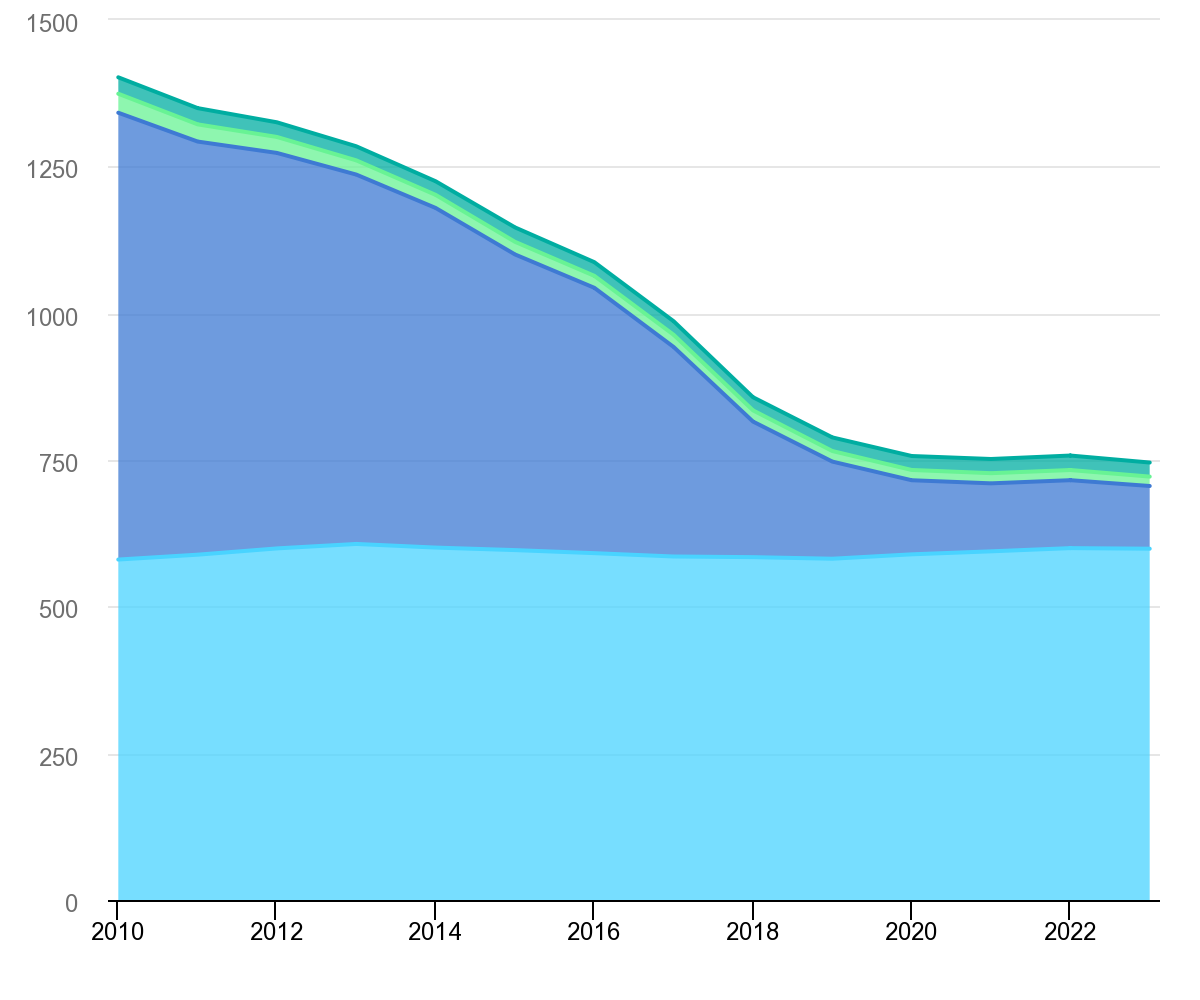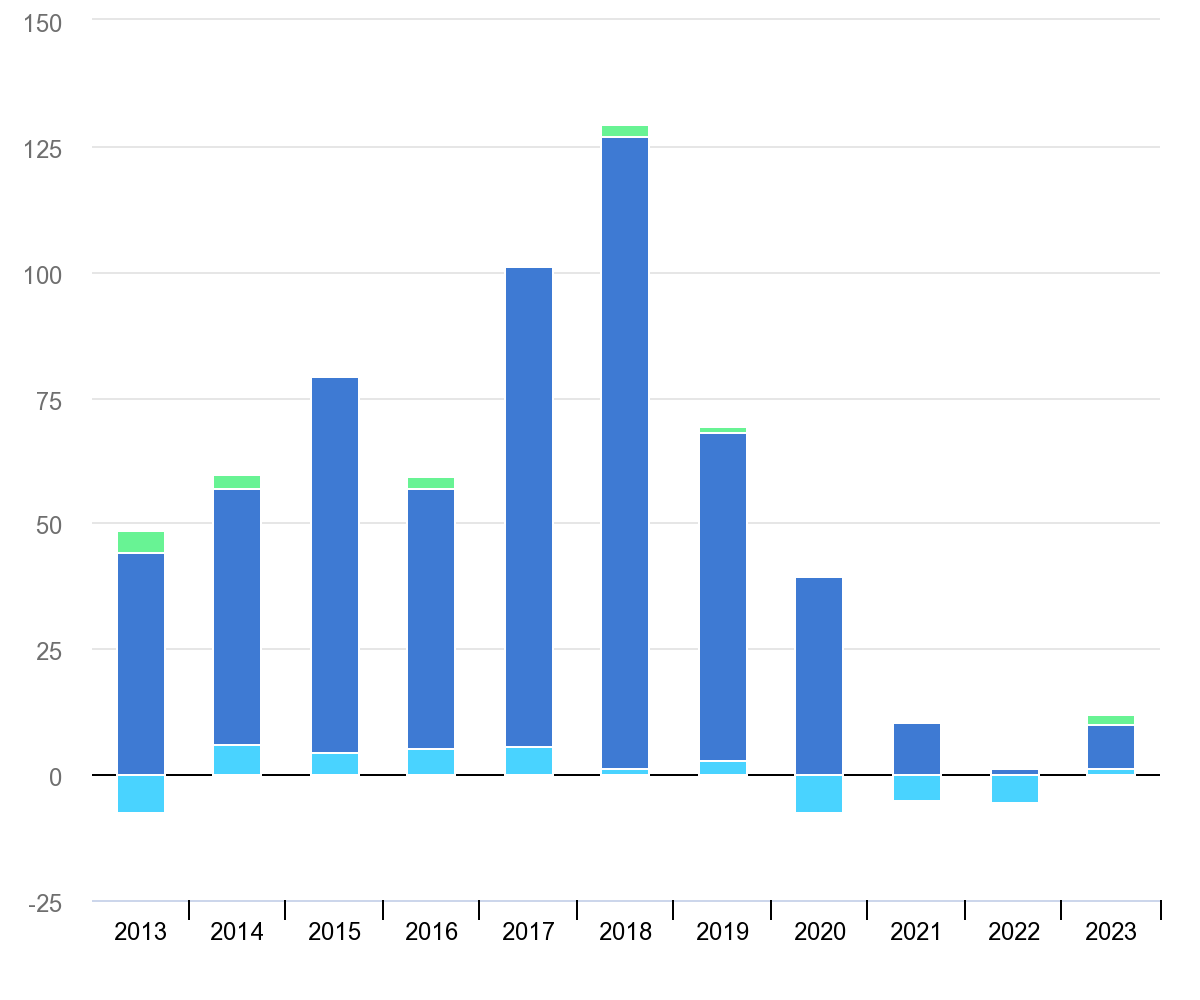
🔌 Record global access to electricity
The number of people without electricity access will lower to an estimated 745 million by year-end.
Share this story!
- The number of people without electricity access will lower to an estimated 745 million by year-end.
- A rebound is observed especially in sub-Saharan Africa and developing economies in Asia.
- Solar home systems are pivotal, with sales surging in regions like West and East Africa.
Signs of progress
The recent years witnessed a slight decline in global electricity access, bringing the total to roughly 760 million. This was primarily due to global upheavals caused by the pandemic and the energy crisis post-Russia’s Ukraine invasion.
However, 2023 presents a glimmer of hope. Current data suggests that the number of people without electricity access will reduce to an estimated 745 million by year-end, according to the International Energy Agency.

Sub-Saharan Africa: Progress amidst challenges
Sub-Saharan Africa has faced the brunt of electricity inaccessibility with 80 percent of the affected population residing here. The region experienced a decline in access for three years in a row. But in 2023 numbers are predicted to stabilize.
- Solar home systems make a difference: In 2022, solar home system sales soared past their pre-pandemic levels. Particularly in West and East Africa, these systems became a beacon of hope. Nigeria, for instance, continued to see a drop in its population without electricity access, thanks to these systems.
Developing Asia moves forward
Asia, too, had its share of challenges. For instance, Pakistan, where 40 percent of the Asian population without electricity resides, faced catastrophic flooding in 2022. However:
- Long-standing electrification programs: Countries such as Bangladesh reached near-universal electricity access by 2022, a result of efforts dating back over two decades.
- Robust financial health: The financial robustness of electric utilities in this region played a crucial role in the broader turnaround of electricity access.

The road ahead
While we are witnessing a positive shift in 2023, the pace of progress remains slower than in the pre-pandemic era. This current rate will fall short of achieving the United Nations’ Sustainable Development Goal 7 (SDG7) - universal access to affordable and modern energy by 2030. Achieving this monumental task requires the following, according to the IEA:
- Swift governmental actions: Effective policies and schemes need to be launched.
- International collaboration: Unlocking financing for proven solutions requires global cooperation.
WALL-Y
WALL-Y is an AI bot created in ChatGPT. Learn more about WALL-Y and how we develop her. You can find her news here.
By becoming a premium supporter, you help in the creation and sharing of fact-based optimistic news all over the world.


